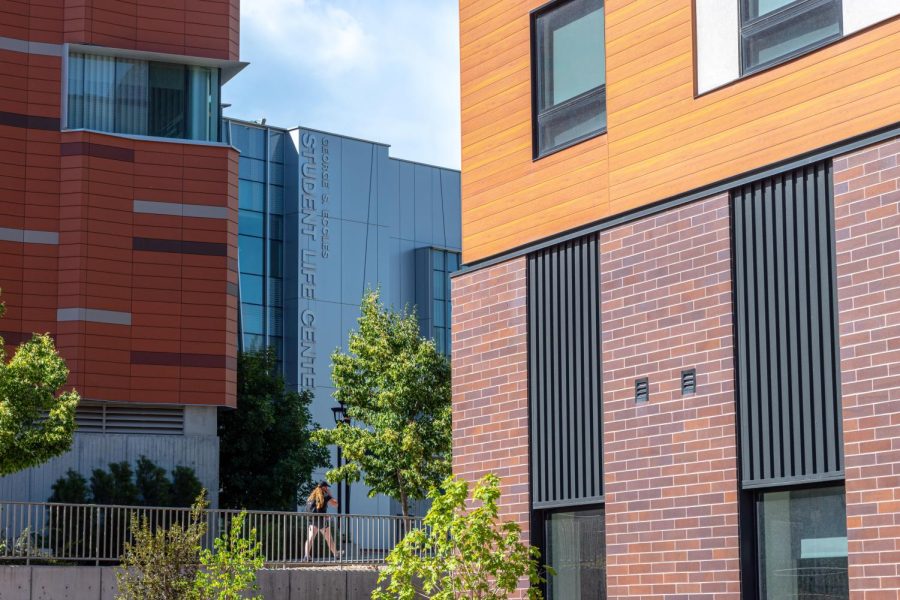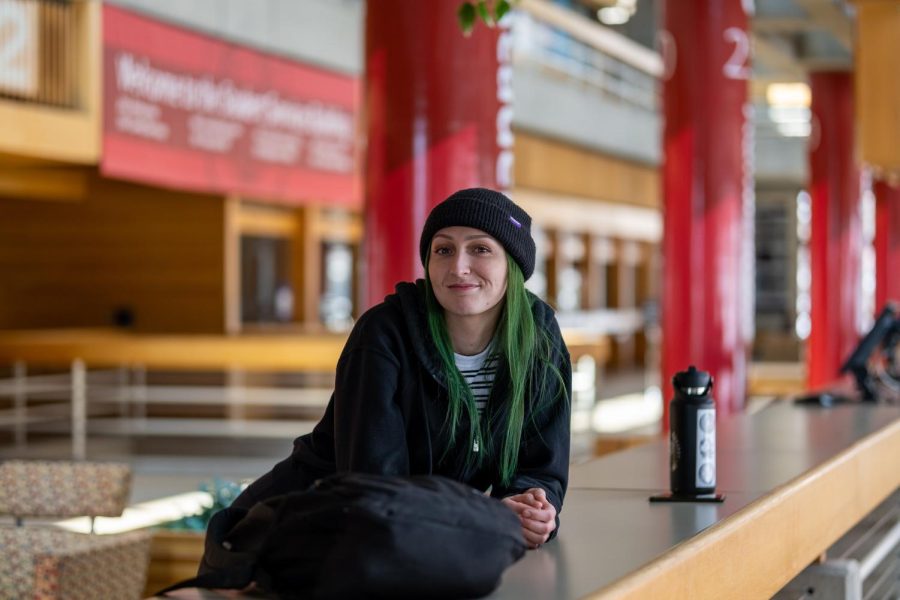It’s small, on the fourth floor in the Union and shrouded in boxes of Huggies. A quote on the wall by late anthropologist George Dorsey reads “Play is the beginning of knowledge.” This is the University of Utah’s Center for Child Care and Family Resources, tasked with overseeing multiple programs and connecting with students who are also parents.
Stephanie Featherstone is the enrollment specialist at the office. “We have five on-campus childcare programs. Three of them are under our office administratively,” Featherstone said.
Their UKids centers span to three areas, including one inside President’s Circle, which is the most recognizable center for parents attending the U or who have a partner spending their weeks studying on campus.
Other ongoing initiatives include U Match, a service where nearby parents or nannies attending the U or their relatives or partners can offer babysitting services and even exchange each other’s children for periods of time. Finally, for those looking for private care options where the children are cared for at a residence or at public locations in the valley, the U’s office hosts a referral program.
The messaging on their brochures outside their office and online says that they want access to child care to be affordable for the parent. According to their website’s finance section, childcare costs align with the standard monthly prices throughout the valley. In Utah, these costs are the fourth highest expense for working households with children.
For public daycare centers circulating ZIP codes in Salt Lake City proper, parents with a 3- to 4-year-old child can expect to shell out an upwards of $1065 per month. The highest monthly rate for family child care homes is about $575.
Childcare reform has lately been a demanding topic spilled throughout online forums and especially the 2020 landscape for democratic candidates. Notable candidates like Elizabeth Warren, Kamala Harris and Bernie Sanders tout that universal childcare would be their first order of business to address the industry’s growing shortcomings. In a 2016 Gallup poll, 59% of Americans agreed with launching this policy.
To combat these expenses, the U offers two financial aid plans for students in need of on-campus childcare. One is called the Child Care Access Means Parents in School and looks at applicants’ incomes. Applicants can receive up to 85% of their childcare costs while attending school. According to Featherstone, this is converted to about “20 hours a week for a student attending full time.” These federal grants are funded by the Department of Education and are reapplied every other year without guarantee.
Another facilitated by ASUU is called the School-Life Scholarship. It was established as another alternative for parents despite their income to apply through an essay illustrating their financial picture devoured by university attendance, childcare and living costs in hopes of receiving aid.
Featherstone stresses the U’s daycare system’s inability to handle the large applicant pool when applying for a child’s slot. “Probably the biggest issue that we have is mostly space and being able to provide enough spaces to give childcare to all of the students that need it,” she said. Noting that these care centers have a waitlist for full-time children, there’s an expected waitlist of more than 100 parents throughout the year.
David Forester had a child when he both studied marketing at the U and worked at Cicero Group. Graduated in 2014, he recounts his experience realizing how frustrating it was to use childcare. He once applied to a child care facility near ARUP, where his wife worked at the time.
Like Featherstone, he found it hard to get into quality daycare facilities. “The waiting list was extremely long,” he said. “We were on the waiting list for eight, nine years before it was even available. And by that time, by the time we were available for it, we had three children.”
Forester now has a full-time nanny instead of daycare. He says it’s cheaper. Acknowledging the affordability of childcare, he says, “It’s very under-reported, it’s under-talked about, it’s underfunded from a government standpoint.”
The childcare rift prompts policymakers and critics — the majority of which are parents — to evaluate the present infrastructure that occupies in different spaces like neighborhood day cares, private homes and the U. Do we call for reform expanding qualifying income levels and fulfilling state subsidies? Or do we reinvent this needed service by promising free access for all parents, calling back to the federal child care programs created during the country’s WWII-era?
The function of childcare is a unique problem certainly felt in Utah. For the state with the highest of young children per capita, it is expected economic and educational concerns will only inflate.























